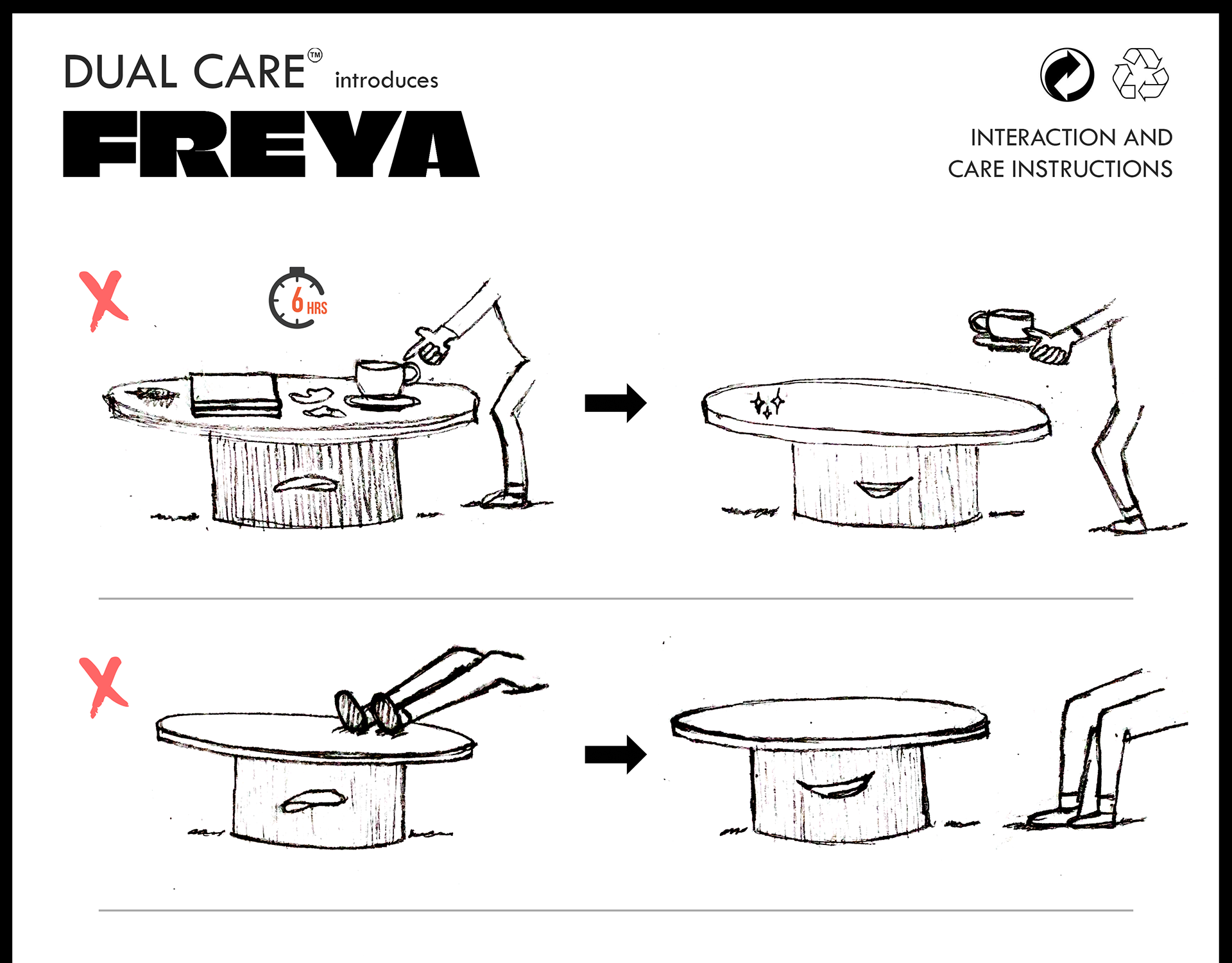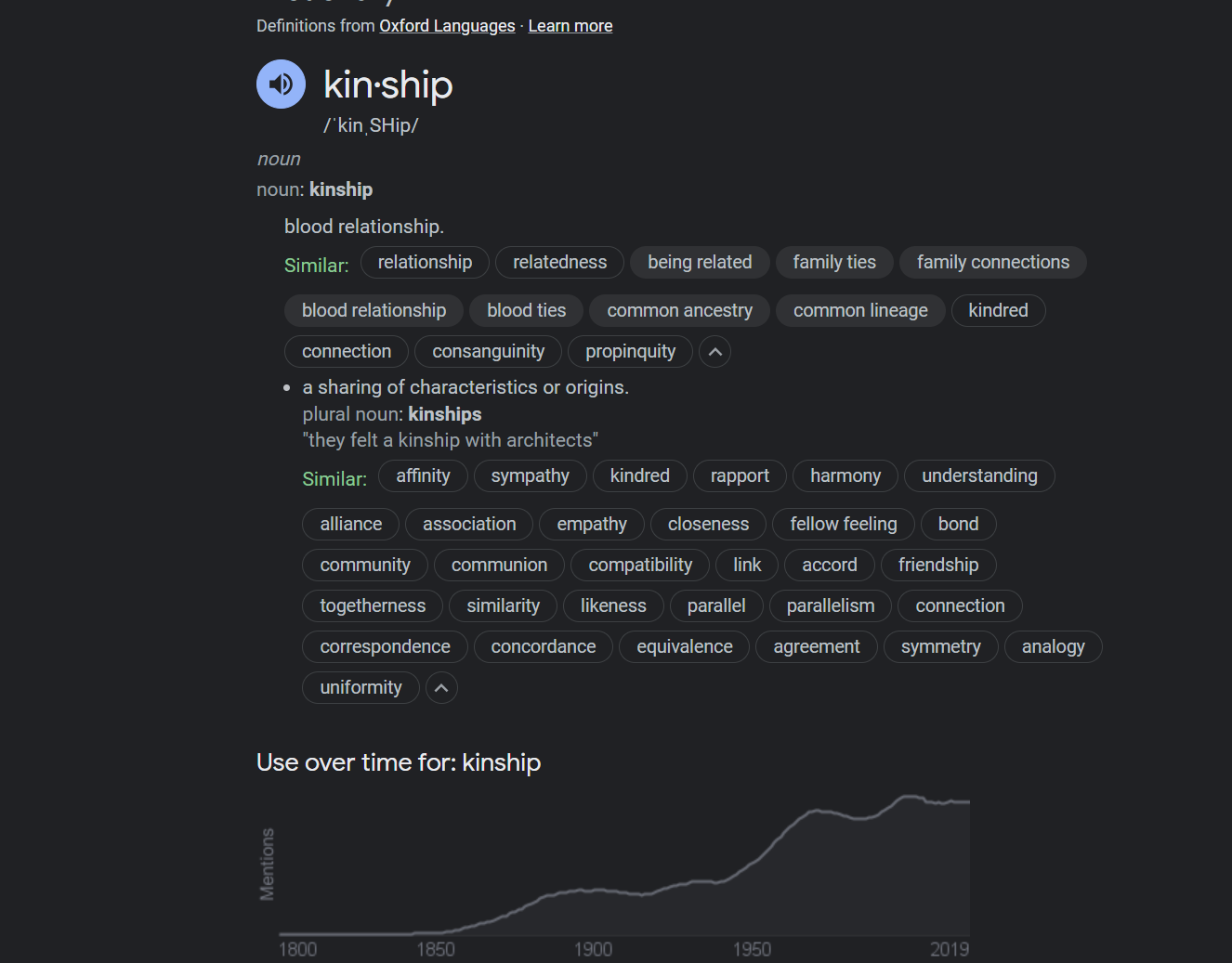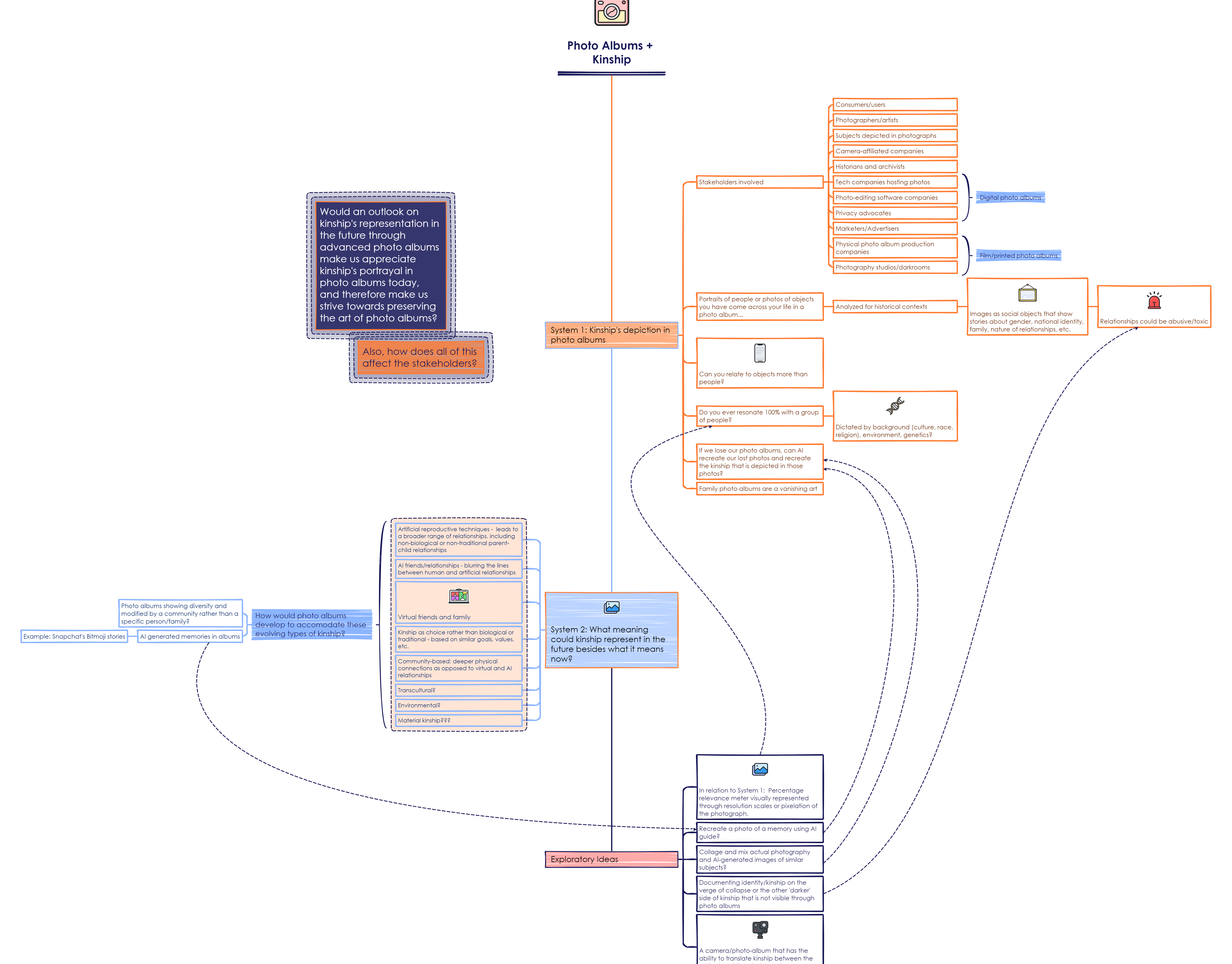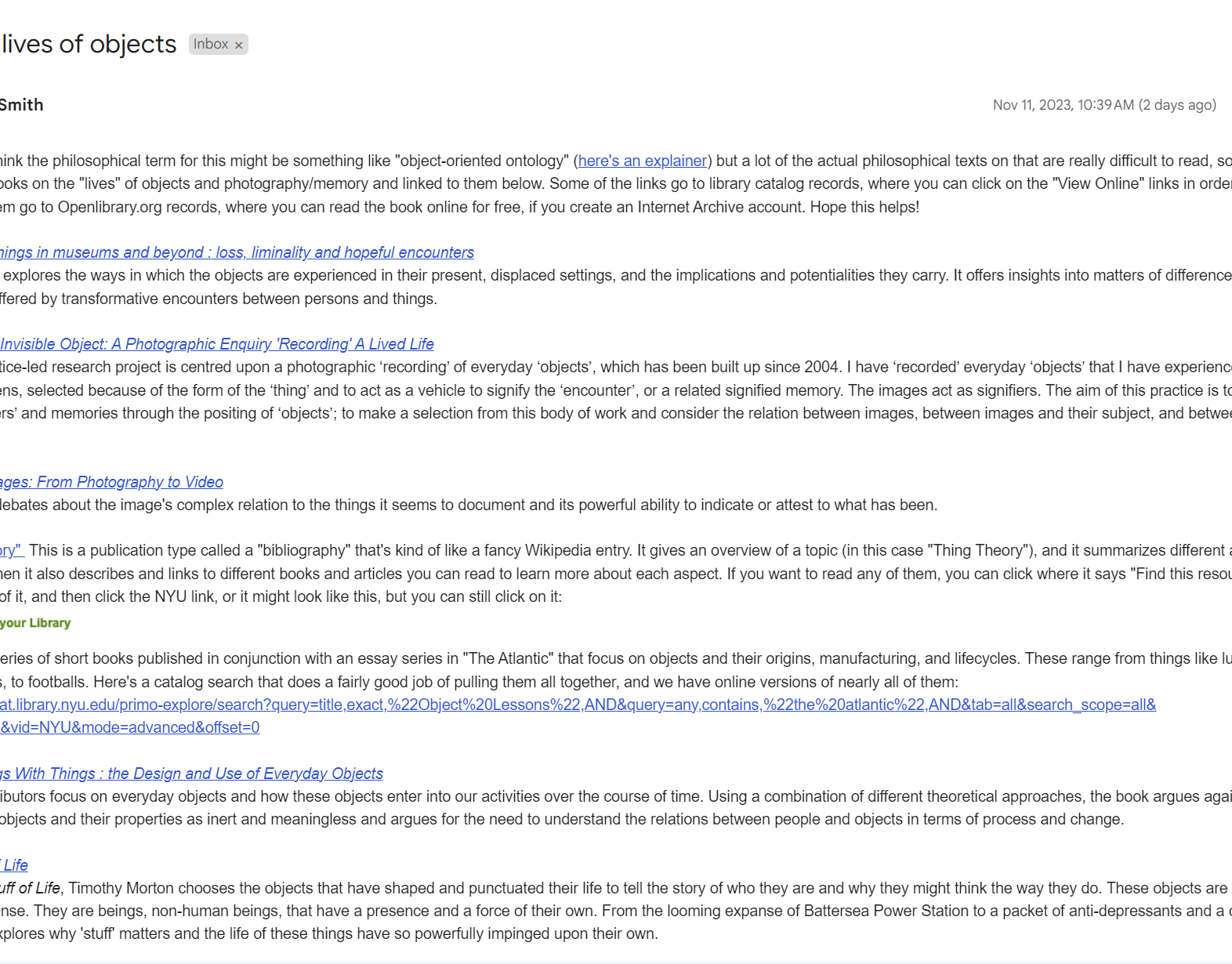REFLECTIONS ON KINSHIP'S THEMATIC READING
I found the reading very difficult to comprehend, mostly due to the fact that most of the arguments were delivered metaphorically, making it quite tedious and difficult for me to decipher. However, the two quotes that stood out to me are:
1. "Companion species" is a bigger and more heterogeneous category than companion animal, and not just because one must include such organic beings as rice, bees, tulips, and intestinal flora, all of whom make life for humans what it is-and vice versa."
Haraway then continues to expand on the 'four terms' resonating to the phrase. She has mentioned quite a few times in this manifesto how 'companion species' encompasses a broader range of interconnected organic beings that shape life, more than what the conventional phrase of 'companion animal' encompasses. I looked up when this manifesto was written, and found it was released back in 2003. I wonder if this manifesto was re-written today, would she say A.I friends/personas are worthy of the phrase 'companion species'? Would this term be re-phrased to also include personalities built not organically, but by humans? If they indeed are worth of this term, would A.I relationships give us more insight to the fluid and dynamic relationships between humans and non-humans, and the interconnected life she describes, even though it was built by humans themselves?
2. "They are dogs; i.e., a species in obligatory, constitutive, historical, protean relationship with human beings. The relationship is not especially nice; it is full of waste, cruelty, indifference, ignorance, and loss, as well as of joy, invention, labor, intelligence, and play. I want to learn how to narrate this co-history and how to inherit the consequences of coevolution in natureculture."
This quote makes me wonder if re-writing or reconstructing hypothetical histories for people who have had a painful life (which includes cruelty, indifference, ignorance, loss, etc.) or for those who have a lack of history (like those who suffer from memory loss), will affect our co-evolution and therefore change our own perception of life's interconnectedness? Will it change our 'ontological choreographies'? And if so, will it change it to the better or worse? In other words, will we regret the idea of ever introducing the reconstruction of histories or memories to the people who needed it the most, to the people who needed it as a life jacket? Will we completely lose any chance at ever understanding the truth behind the multidimensionality and complexity of relationships between us and every being around us?
Updated Systems' Map
I added a few questions that I had thought of while reflecting on the manifesto in my systems' map. I am also yet to add all the other thoughts and ideas I gained from the CritEx Jam Session, but the points can be found noted below (under Takeaways from Convo with Margaret).
Examples of guides
I am interested in several guide forms. These include:
1. Tutorial video:
This one seemed to stick with me since my previous research, but maybe with heavy irony or a political tone to it.
2. Zine/IKEA guide (2D drawings or images):
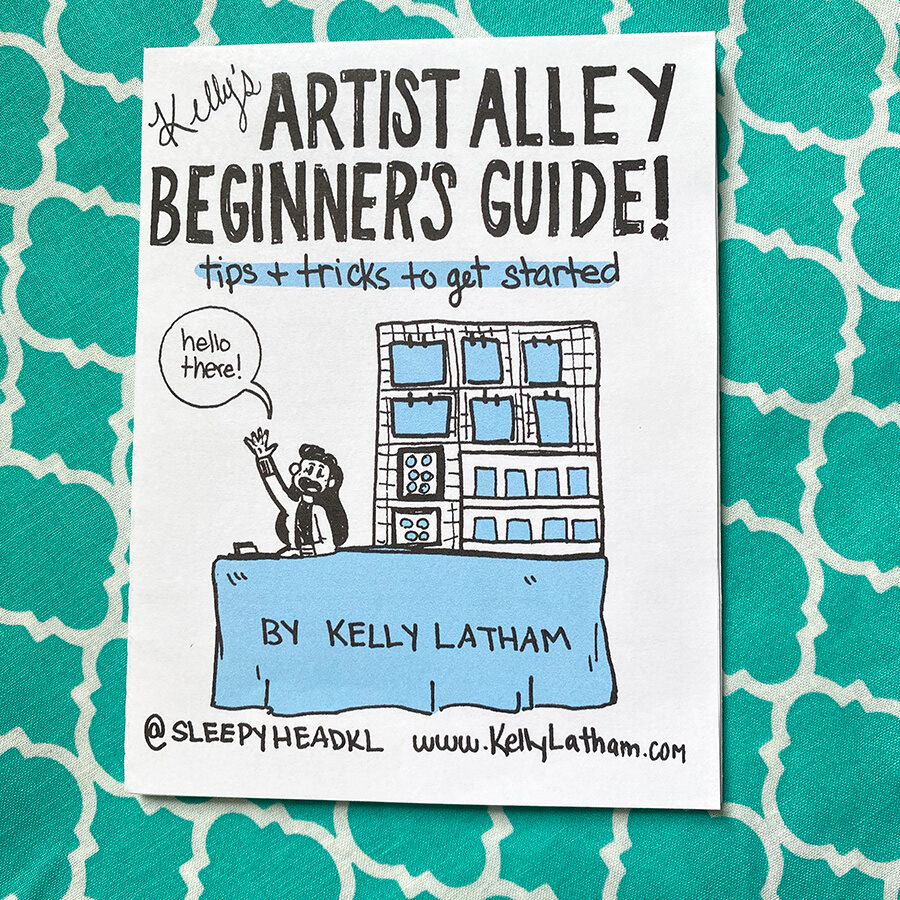
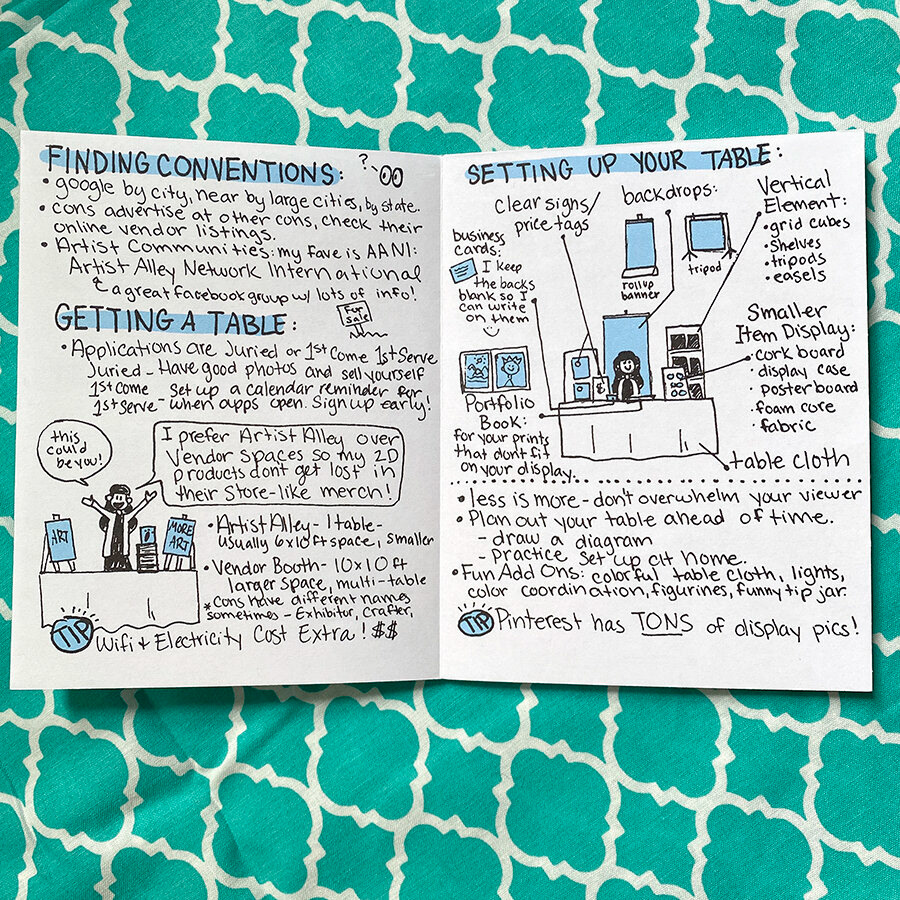
Right zine source: https://www.kellylatham.com/store/artist-alley-zine
3. A literal photo album:

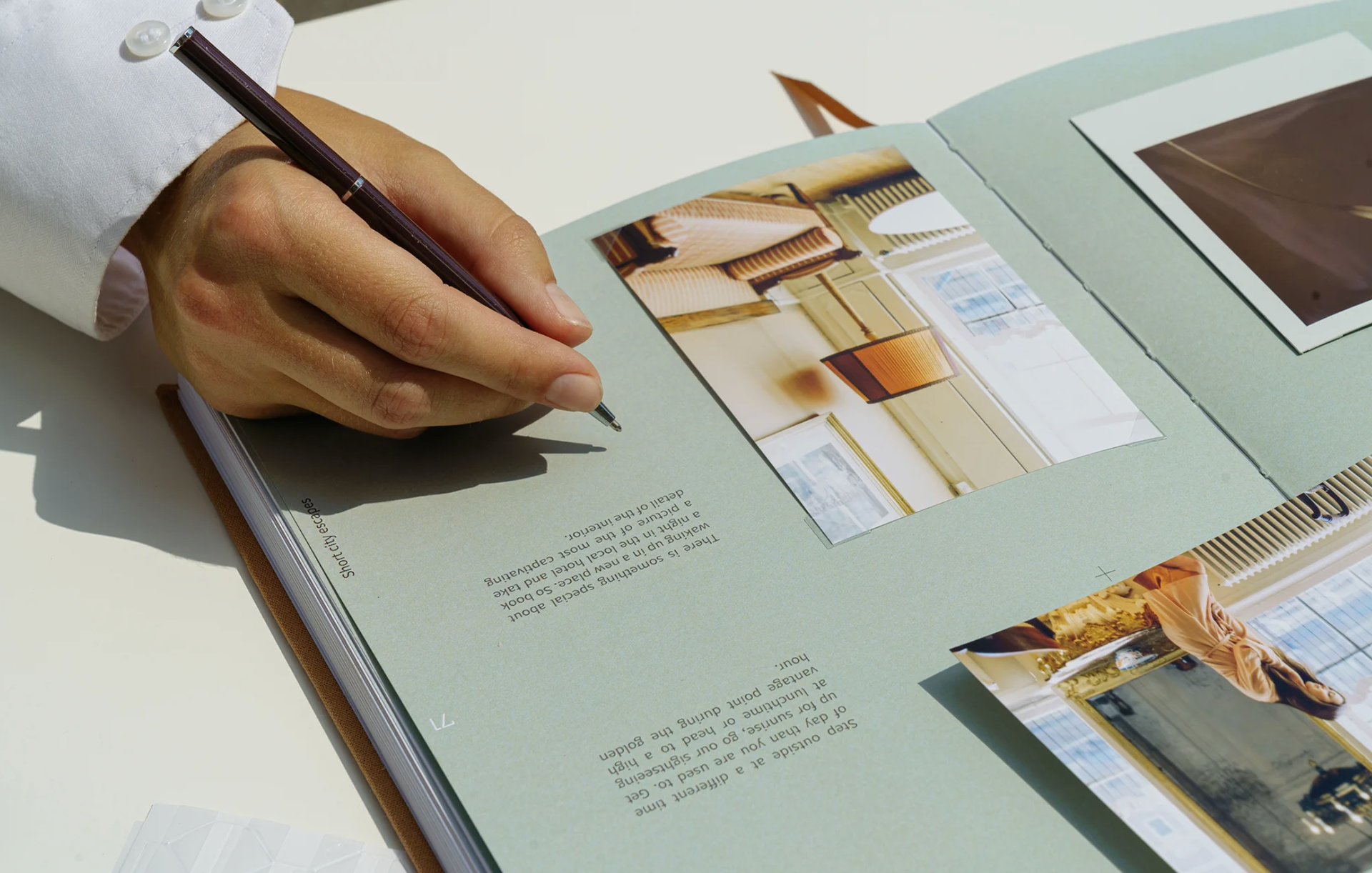
4. Infomercials are also an option, however I am not sure that the fun or humorous take of infomercials is how I would like this particular topic to be portrayed, especially since it seems to lean towards a more sensitive and serious outtake...
What I end up making might be a combination of some of these as a single guide.
Not a guide, but I was thinking to house the tutorial video or infomercial video (or whatever video that might transpire) into a physical video album like this, or at least a similar digitally simulated photo album:
Source: https://themotionbooks.com/shop/blank/
Continuations on research
As per Sarah's recommendation to pause research for a while and 'make exploratively' some of the ideas I had noted down in my systems' map, I decided to make some form of a 'mix collage' of actual photography and AI-generated image of the same photographic subject.
During the CritEx Jam Session last week where we discussed our topics and approaches to critical stances, Jamie and Amber proposed what if people/users wanted to use A.I to change their history or better process a painful memory. What if they could use A.I to generate alternative photos of their difficult moments, or even construct a completely different narrative of a painful moment? These thoughts led me to apply a different twist on my exploratory making, where instead of just regenerating the subject exactly the way it was photographed, I generated a completely different narrative. What if an illegal immigrant, refugee or a person who had suffered from war, wanted to rewrite their painful histories?
I found myself googling 'Palestinian children', and decided to alter this image I found in the beginning of the image search:
Soldiers detain a Palestinian boy (photo credit: MUSSA QAWASMA)
I wanted to create a new narrative to this image where the little boy was going to school instead, and was holding hands with his parents on either side. I first tried to do this on Stable Diffusion and ended up with the following result before running out of credits to my dismay:
Although the photo was somewhat close to what I had imagined, I was not quite completely satisfied with the result and its lack of realism and accuracy. Consequently, I took the very first initial image to Photoshop's Beta version to try out the new Generative Fill AI tool it had. After a few trials, I ended up with the following result:
Surprisingly, Photoshop's AI was much more realistic and accurate than I had thought. Although I had to regenerate the image in pieces, I felt it was much closer to what I had originally imagined. I tried to collage and mix both worlds of the photos together in one image. However the collage makes me feel a bit uneasy seeing as to how it meshes both narratives so 'seamlessly':
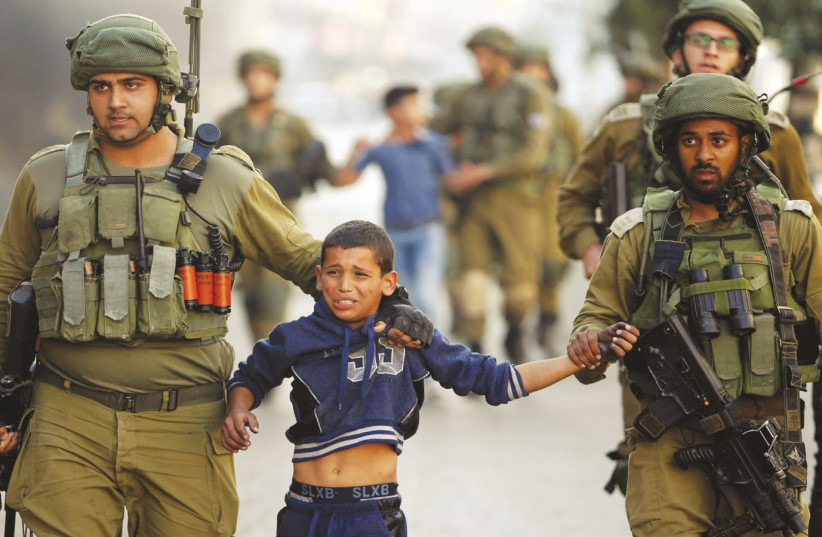
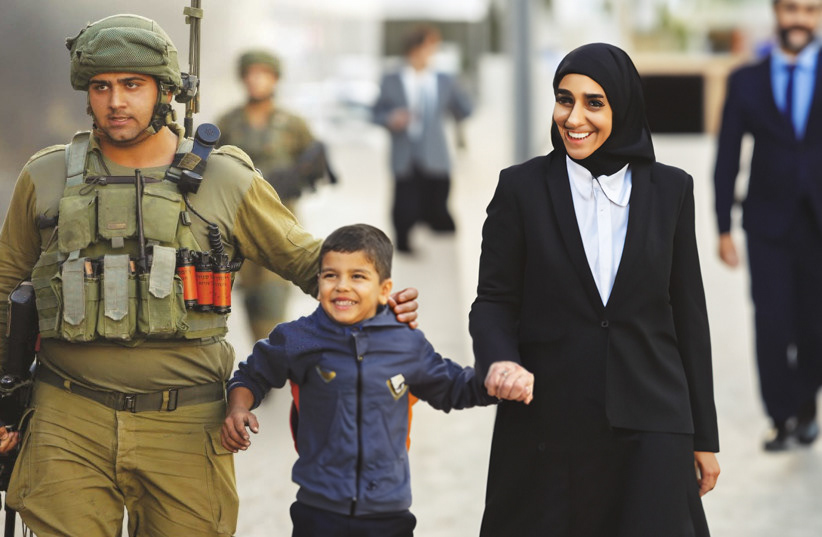

From left to right: original photo, collage of both narratives, AI-generated narrative
My thoughts/feelings after exploratory making:
I took a bit of time to process the above exploration. I felt extremely sad halfway into this, and I had a hard time fathoming that this is what a person would have to go through in order to perhaps begin digesting their painful history or change it altogether. I learnt that I could not even begin to imagine how a person resorting to changing their history could be feeling or what they are going through, let alone have to navigate the different settings of A.I and attempt to prompt engineer.
These are my thoughts for now, however, I imagine I might have better takeaways on this exploration after the sadness has turned into critical assessment. Or maybe not.
Takeaways from convo with margaret
I wrote Margaret an email explaining to her in details what my main and thematic topics are ('photo albums' and 'kinship'), and outlined a few points dictating my thoughts and areas I am interested in or would like to further explore. These included:
- Kinship’s representation in the future besides what it means now
- Kinship being translated in the form of person-to-person, person-to-object, person-to-place, person-to-A.I
- Photo albums’ development to accommodate evolving types of kinship
- Photo albums’ disappearance as an art form, and the involvement of digital photos/A.I in doing so if any
- A.I’s ability to recreate our lost photos (or any photo of any moment), along with the kinship depicted in photos
- The creation of speculative families consisting of A.I personalities, or through the use of A.I models
- Reconstruction of past memories/histories (painful ones/or the lack of), and the use of A.I in doing so
- Role of historians/archivists in the future with the use of A.I as a restorative tool for photos
- Role of historians/archivists in the future in analyzing social relations depicted in previously A.I recreated/restored photos
- Data privacy and consent implications of sharing personal photos/information with A.I models or cloud servers in general
I also told her I was looking to answer some of the following questions if possible:
1. Does one ever truly resonate 100% with a group of people? Can someone relate to objects, sceneries or even A.I personalities more than people?
2. Is it worth saving photo albums or can we forsake all physical and digital photos on cloud servers due to A.I’s ability to recreate/restore photos?
3. Would one want to recreate their past memories and histories (like for ex. refugees or immigrants), and would they use A.I for that?
4. Can painful photos be recreated using A.I in a more accepting manner to help tackle a difficult memory?
5. Can people with memory problems (like dementia, Alzheimer's, etc.) use A.I to help recreate/restore memories through photos based on their A.I’s recollection of their life story?
6. Would historians/archivists’ analysis of recreated/restored photos using A.I be biased or inaccurate due to A.I’s bias?
Unfortunately, I have not heard back from Margaret yet (I think I may have overwhelmed her with my ideas in the email), so I will try to contact her by scheduling a zoom call as soon as possible.

